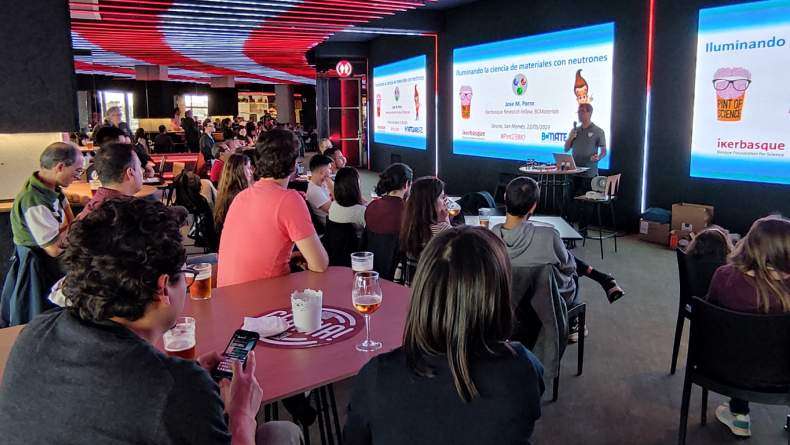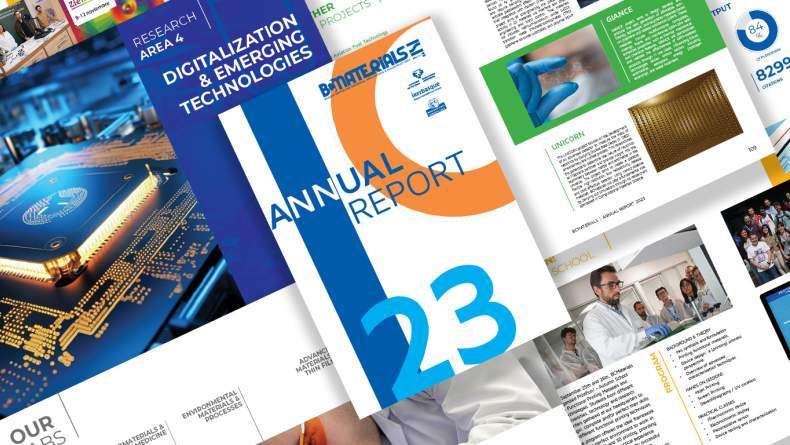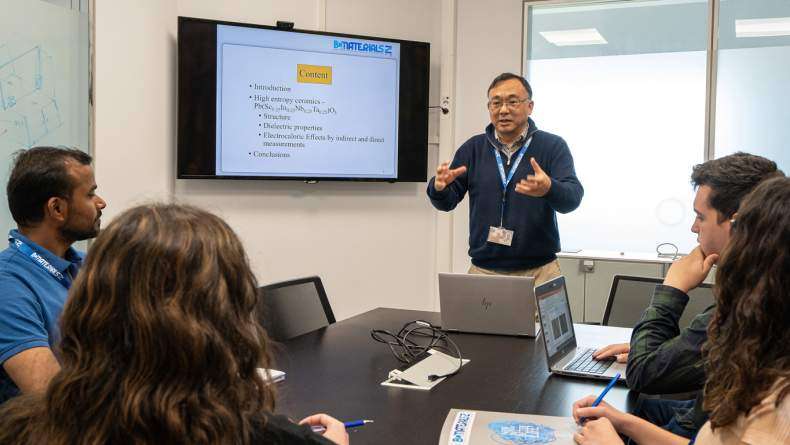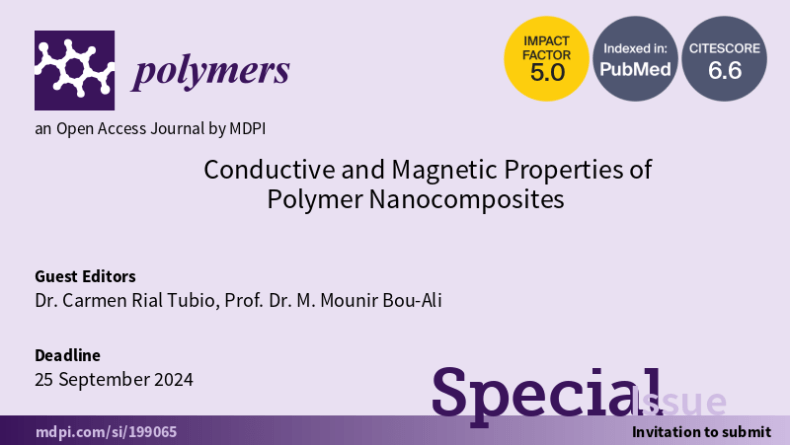BCMaterials Fortnightly Seminar #92 Clara García - Paula Sánchez

CLARA GARCÍA
(BCMATERIALS)
Influence of carbonaceous nanofiller type and content on the piezoresistive response of polymer based composites for sensing applications
Piezoresistive (PR) polymer based composites with carbon nanostructures are increasingly being developed for a wide variety of sensing applications. The most studied carbon nanostructures have been carbon nanofibers and nanotubes and, recently, graphene and their intrinsic properties and aspect ratio strongly influence the percolation threshold and the PR response of the corresponding composites. To produce transparent, flexible or highly stretchable PR sensors, thermoplastic and elastomer polymers can be used as matrices. Triblock copolymer styrene/ethylene-butylene/styrene (SEBS) combine the mechanical properties of the rubbers without vulcanization. Within the thermoplastics, semicrystalline poly(vinylidene fluoride) (PVDF) show excellent electroactive properties. Conductive composites have been prepared by solvent casting based on SEBS and PVDF and conductive fillers (nanotubes and graphene). The influence of polymer and filler type and content will be presented and discussed as well as the functional PR response that can reach gage factors up to 100 and maximum functional deformations above 20%, being therefore suitable for the desired applicationsPAULA SÁNCHEZ
(BCMATERIALS)
PolySchiff bases as anodes for sodium ion batteries
Sodium ion batteries stand out as an alternative to the lithium based technology due to wide global abundance of sodium and potential cost advantage. Organic electrode materials are interesting due to the cost saving in terms of lower price of the precursors and cheaper synthetic methodology. It has been reported in the literature that Schiff-base entities attached to an aromatic ring by its carbon atom (-N=CH-Ph-HC=N-) show redox activity at low potentials. Herein we report on the synthesis of a family of poly-Schiff base/oligoether terpolymers that exhibit a double role as they show electrochemical activity delivering a reversible capacity of 200 mAh/g along with good binding properties. This is due to the incorporation of poly(ethylene oxide) (PEO) linkers within the polymer chain and side groups providing the polymer with flexibility and ionic conductivity.
Related news
Pint of Science Festival Bilbao 2024 (May 13-15)
BCMaterials collaborates once again with the Bilbao edition of the Pint of Science science outreach festival. The center also coordinates the event, which will bring 24 talks to four bars in the city…BCMaterials Annual Activity Report 2023
BCMaterials has presented its 2023 Annual Activity Report. The document includes the highlights of the center's scientific activity during the past year, which continues on an upward trajectory in…BCMaterials opens its 2024 PhD program
BCMaterials has opened its 2024 PhD program by offering 4 predoctoral contracts to students who want to complete their thesis at our center. The profile of the candidates is students of Chemistry,…Call for papers – ‘Polymers’ Special Issue
BCMaterials researcher Dr. Carmen Rial has been selected, along with Prof. Dr. M. Mounir Bou-Ali from the University of Mondragon (Spain), as Guest Editor for the special issue of Polymers (ISSN 2073…



